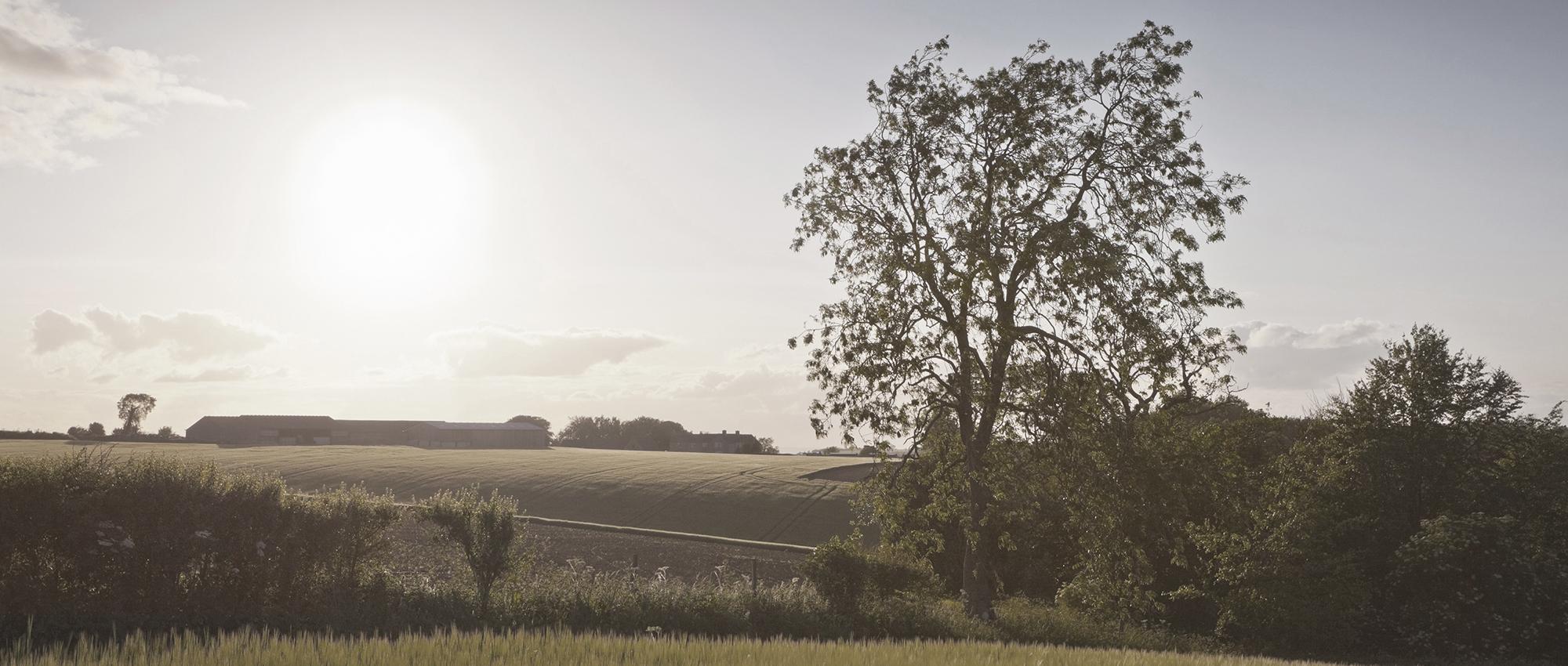News and insights banner


In this article, we take a look at one method of succession planning in family-owned companies, using shares which are often referred to as 'freezer' and 'growth' shares. We also put the theory into practice with a case study example.
A question we are commonly asked by owners of family businesses is how to go about passing them on to the next generation. Many issues come into play, for example the readiness of the senior generation to step back and the junior generation to step forward, whether any funds need to be withdrawn or introduced and the best timing for all concerned. Then there's tax efficiency to consider as well. A lot of families end up stuck in the doldrums, not making any progress towards handing on ownership because these questions get put into the 'too difficult' basket.
One of the main problems that arises for the senior generation (provided they are willing to pass over control) is how best to pass over ownership to the junior generation. A gift of shares can be problematic if they expect that they may need to retain some value in the business to fund their retirement. Often, the family business is their 'life's work' and much of their wealth is tied up in it. They may find it an emotive process to give away all of their shareholdings.
The main problems for the junior generation, conversely, provided they are willing to work in the business and take a stake in it, are:
One of the solutions can be to use so-called 'freezer' shares and 'growth' shares. We'll look at how these work in a bit more detail later, but the basic concepts are as follows:
This split in share types addresses the typical problems described above because the senior generation can lock in their many years of hard work into the business, confident that they will hold onto their slice of the equity and the junior generation know that they are getting the upside on their growth shares and a return for their hard work in growing the value of the business. The junior generation may even feel that, in time, they can buy out the shares of the senior generation (or that they can make the company profitable enough for it to buy them back). If the planning is correctly implemented there should be no stamp duty on the gifts of shares, no capital gains tax and no inheritance tax charge if the senior generation who have gifted the growth shares die within 7 years of the transfer.
Let's look at how freezer and growth shares work in a little more detail. The existing share capital usually gets split into freezer shares, which are entitled to the current value of the company (perhaps with a carrying cost), and growth shares which are entitled to the excess above an 'equity hurdle'. Clearly, a robust company valuation is needed, which both generations are comfortable with. It may make sense for both generations to have their own valuations carried out in order to reach agreement on it: ultimately it's the valuation which will set the equity hurdle.
The growth shares are gifted by the senior generation to the junior generation outright (or, less commonly, into a trust). The equity hurdle is a set value for the freezer shares, so that if a sale of the company occurs (or, less likely, a flotation or return of capital on a winding-up), the freezer shares receive the sale proceeds up to the equity hurdle. The growth shares then receive the sale proceeds above the equity hurdle. It may be agreed that dividends are payable on one class of shares to the exclusion of the other class, which helps with certainty on dividend income streams. Tax advice will be needed by the company and the junior generation including covering the implications of the growth shares being considered employment-related securities (assuming that the junior generation are employees or directors).
It may, depending on the family's particular circumstances, make sense for the senior generation to consider giving away some of their freezer shares to a trust or to the junior generation (or other family members) within their annual capital gains tax allowances. They may wish to do this as a one off gift or over a period of years.
With all this in mind, it will help to look at a case study example.
Case study example
Albert and Beryl each own 100 ordinary shares of £1 each in Best-By-Far Limited. They wish to bring their daughter Charlotte in to the business so that she can take it over. Charlotte is keen to push the business forward into new areas, such as growing online sales. However, Albert and Beryl have sunk most of their savings into the company over the years and so don't have significant other assets to call on to pay for their retirement and perhaps elderly care, if needed. They have always thought of their company as their 'nest egg'.
Proposed solution: The articles of the company would be changed to make provision for two classes of shares: F(reezer) and G(rowth) shares. The F shares are entitled to the current value of the company (up to the equity hurdle) with the G shares being entitled to the excess (if any). Dividends can be paid on one class of shares to the exclusion of the other class and both classes of shares are voting shares, so that nobody feels left out of the voting and decision-making process. The F and G shares will be created by way of dividing each existing ordinary share of £1 into an F share with a nominal value of £0.99 and a G share with a nominal value of £0.01.
Albert and Beryl then each make a gift by transferring their G shares to Charlotte. There should be no capital gains tax payable on the disposals, no inheritance tax to pay if Albert or Beryl die within 7 years and, conversely, no stamp duty payable by Charlotte. Charlotte can then proceed with growing the business, safe in the knowledge that all her efforts to increase the value of the business will go to her through the increase in value of the G shares.
Our experienced team of lawyers and tax advisers (if you wish) can consider your personal circumstances and work with your other professional advisers, such as your accountant, to explain the options and advise on the tax implications and other relevant issues.
The law is complex and the advice you require will depend on your personal circumstances. This article is for general guidance only. We cannot, therefore, accept any responsibility for actions taken on the basis of this article alone.